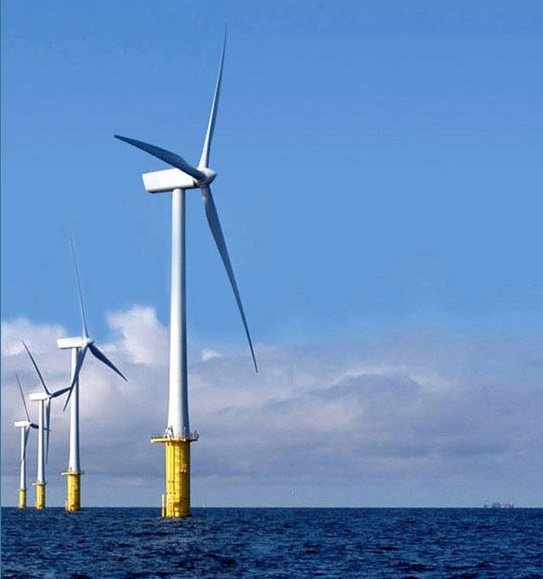Offshore wind farms coming soon to NY coast
Area designated less than 20 miles from Brooklyn; Calls for buffer zone to prevent collisions

The federal government has designated an offshore area less than 20 miles southeast of Brooklyn to lease to companies operating wind turbines. Photo courtesy of the Long Island-New York City Offshore Wind Project
The slim, swift blades of wind turbines are one step closer to New York waters.
The federal government has designated an offshore area less than 20 miles southeast of Brooklyn to lease to companies operating the turbines.
The wedge-shaped Wind Energy Area (WEA) would be located in federal waters about eleven miles south of Long Beach, Long Island, on the Outer Continental Shelf (OCS).
